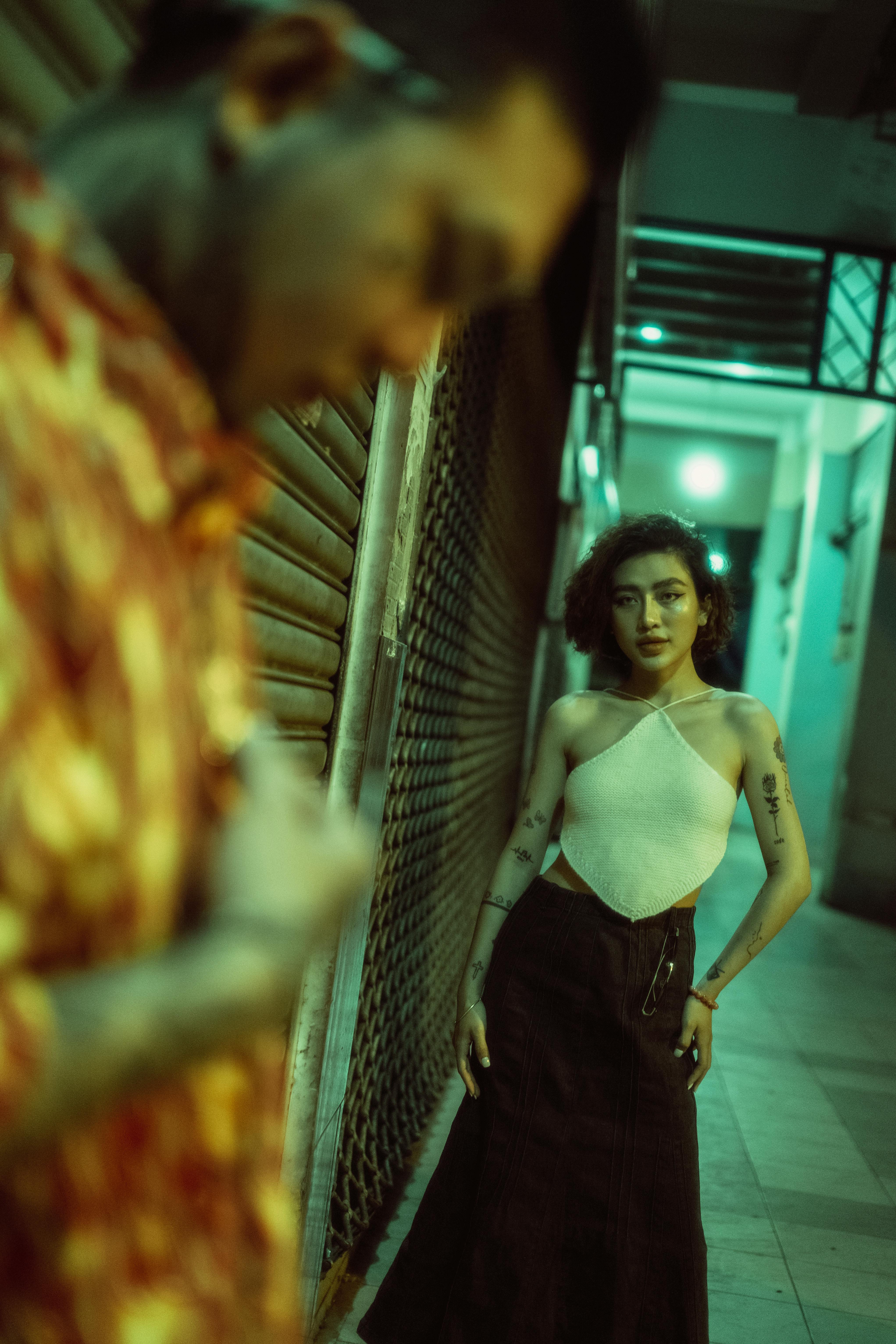In the Philippines, wedding customs may vary depending on the region, faith, and ethnicity. Some couples, for instance, make a specific sticky wheat cake or perform traditional religious ceremonies https://web.prm.ox.ac.uk/amulets/index.php/keys-amulet2/index.html. Countless couples organize things akin to a rehearsal dinner for their customers in a more contemporary environment.
Filipinos likewise have wedding sponsors or “aunties and uncles,” although the majority of couples may have a maid of honor. These special friends are known as the “ninang” or “ninong” for the wife, “ninong” for the groom, and “ninong” for the groom. They participate in ceremonia, including coin ceremonies, veil ceremonies, and wire ceremonies with candles.
In the Philippines, seeking parental approval is a major part of the wedding custom. In front of the rest of the wedding guests and occasionally even the priest, the ninang or ninong gently touching their parent’s hand to their own forehead, although this is n’t always done during the ceremony itself. They are acknowledging that they are giving their girl to their mate and present respect for their relatives.
Another significant marriage service is known as the pamamanhikan. This crucial stage of a engaged child’s relationship is significant because it represents the man’s commitment to his upcoming signs a filipina likes you girlfriend’s union with her household. The kid’s household accepts his proposal after that.
In Philippine celebrations, the aras or arrhae is a well-known mark. It is a wedding adornment with thirteen coins, which represent the couple’s good health, happiness, and luck. It is typically carried by a pretty penny recipient. During the meeting, the bridegroom places the aras or arrhae on the bride’s forearm.


